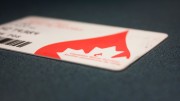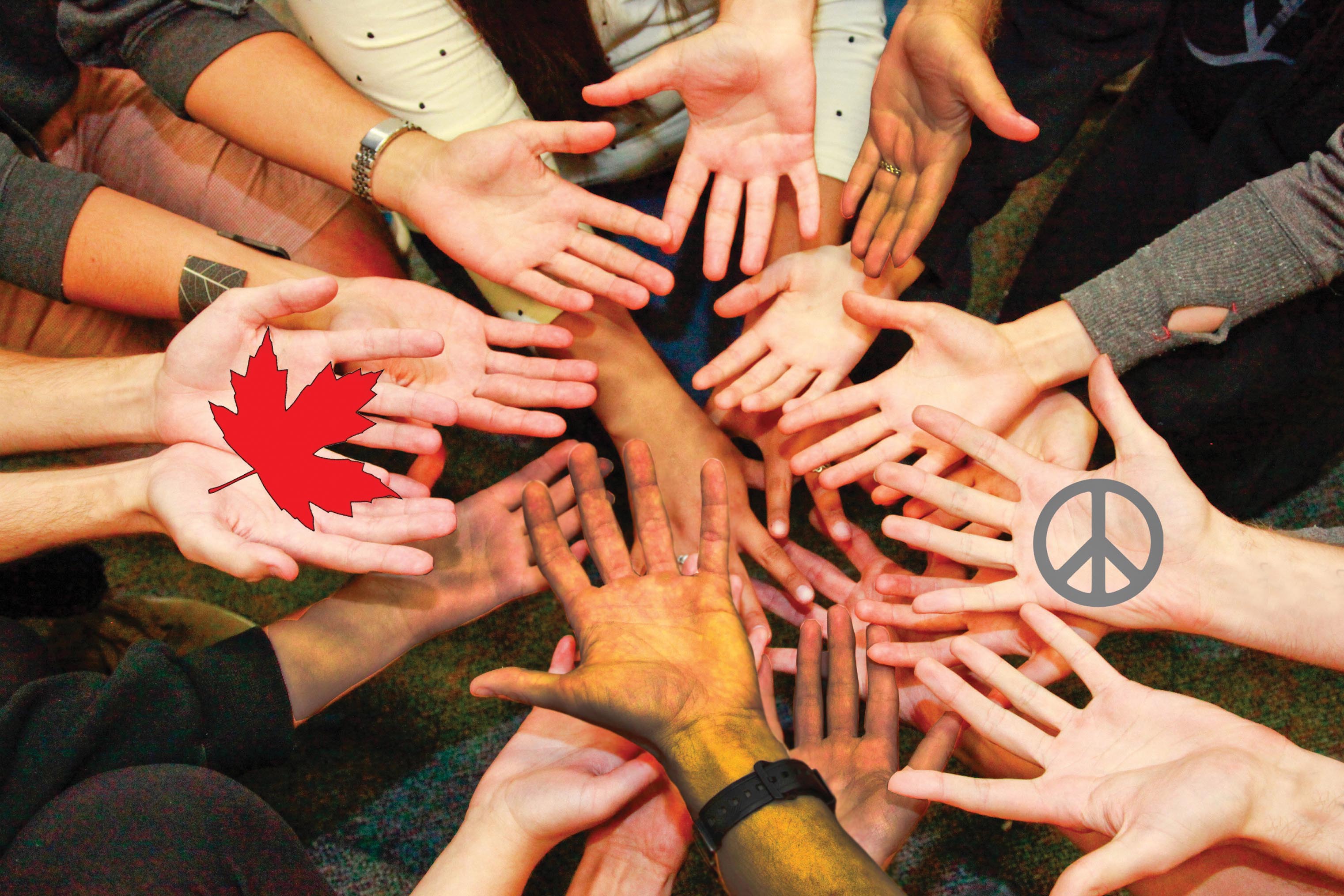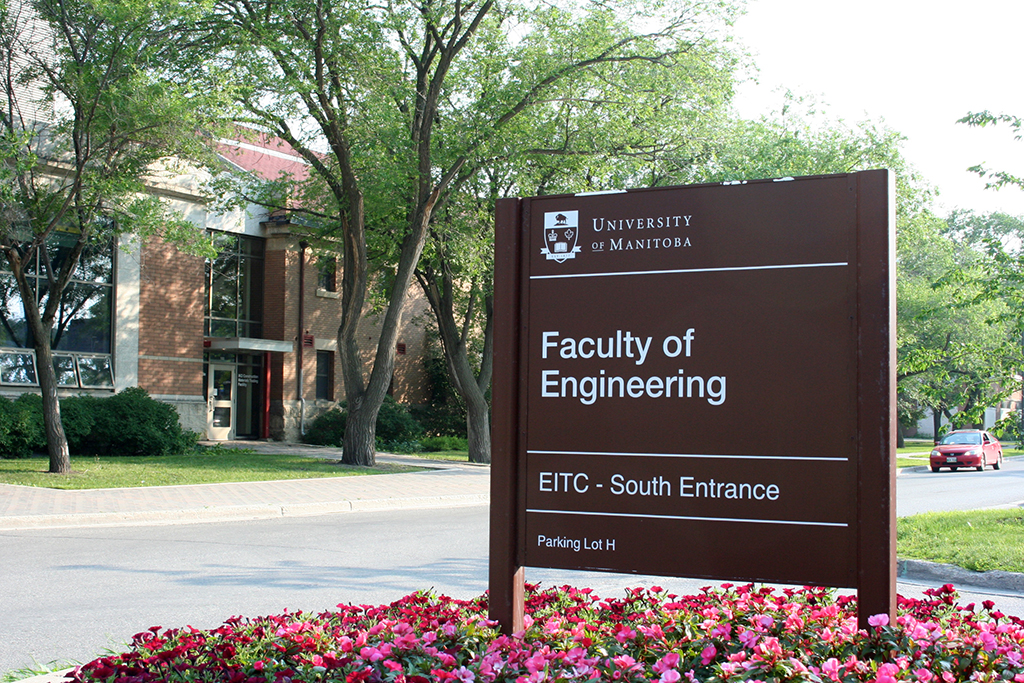Women have been contributing to the sciences for a great number of years. Here is a brief list of only a small fraction of the well-known female minds who have bettered our world:
Elizabeth Blackwell: The first woman to receive an MD from an American medical school (New York’s Geneva Medical College, 1849).
Rosalind Franklin: Played a major role in discovering the double helix structure of DNA, but was snubbed by the Nobel committee in favour of James Watson, Francis Crick, and Maurice Wilkins.
Jane Goodall: Pioneered modern studies of chimpanzee communities and is an environmental and endangered species activist.
Henrietta Leavitt: Developed the period-luminosity relationship in 1912, a method of measuring distances from Earth to distant stars, revolutionizing the fields of astronomy and physics.
Hilde Mangold: Uncovered the patterns of embryo differentiation in the 1920s.
Maria Goeppert Mayer: Developed the nuclear shell model of the atomic nucleus, and received the Nobel Prize in Physics for her achievement in 1963.
Barbara McClintock: Discovered jumping genes (transposons) and was presented with a Nobel Prize in Physiology or Medicine for her accomplishment in 1983.
Lise Meitner: Proposed the first theoretical explanation for the process of nuclear fission. Her achievements were overlooked in favour of her collaborator Otto Hahn, who received the Nobel Prize in Chemistry.
Marie Curie: Received the Nobel Prizes in Physics (1903) and Chemistry (1911) for her work on radiation with the discovery of the elements radium and polonium.
Some women faced other social disparities in addition to their gender. The following honours those women who have struggled and overcome these social boundaries, but are often overlooked:
Women of colour in the sciences
Patricia Bath: The first female African-American doctor to receive a patent for a medical invention: the Laserphaco Probe, the surgical tool used to vaporize cataracts.
Euphemia Lofton Haynes: The first black woman to receive her PhD in mathematics (1943).
Mae C. Jemison: The first black female astronaut.
Susan La Flesche Picotte: The first Native American woman to earn a medical degree in the United States. Picotte is also a tribal leader on the Omaha Reservation in Nebraska.
Chien-Shiung Wu: Chinese immigrant to America who designed an experiment to disprove a 30-year-old law in nuclear physics that focused on the symmetry of electron ejection. Wu was not credited for her work, however, and did not receive the Nobel Prize based on her experiment.
Queer women in the sciences
Sara Josephine Baker: Organized the first child hygiene department under government control in New York City.
Rochelle Diamond: Research biologist at Caltech, as well as chair of the National Organization of Gay and Lesbian Scientists and Technical Professionals.
Margaret Mead: Anthropologist and psychologist. Mead was the president of the American Association for the Advancement of Science, in which she passed a policy against the discrimination of gay and lesbian scientists in 1977.
Florence Nightingale: Revolutionized global nursing practice and hygiene in the 19th century. Propagated feminism by providing careers for women outside the home.
Women with disabilities in the sciences
Judith Badner: Researcher of statistical genetics in complex gene traits, and medical doctor with clinical interests in mood disorders and disability issues. Dr. Badner has dwarfism.
Temple Grandin: Professor of animal sciences at Colorado State University and world-famous for her improvements in the livestock industry. Grandin has autism.
Karin Muraszko: Chair of the department of neurosurgery at the University of Michigan Health System. Muraszko has spina bifida.
Judith Pachciarz: First deaf female physician. Dr. Pachciarz lost her hearing at the age of two.





wow!